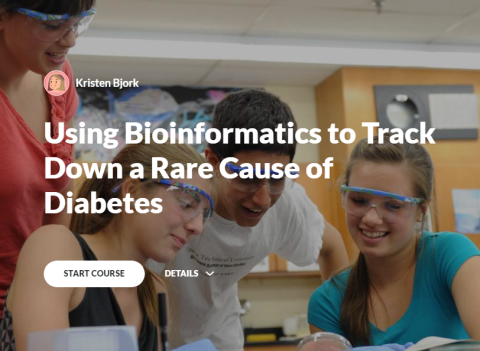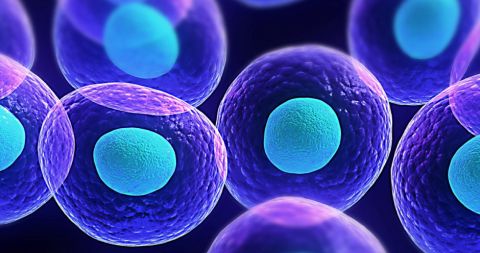Technology has brought about some radical changes in the ways in which science is practiced. What first seemed nearly impossible—sequencing the entire human genome—is now a reality, and what first took years and millions of dollars now takes hours and costs thousands of dollars. These changes have allowed scientists to collect vast quantities of data and this, in turn, has led to a new field called bioinformatics, whose practitioners acquire, store, and analyze genetic data. The Program Office has developed some bioinformatics-focused activities that can be delivered online. These prototype activities are not yet complete but represent the types of activities we are developing. They include background information, videos, and self-checks/assessments for students that they would complete as they work through the activities. Students could use these activities on their own or in groups.
Explore these activities by clicking the links below:

Saving a Life. In this activity, which is based on materials created by ABE The Netherlands, students explore a scenario in which someone has been taken to the hospital after ingesting a protein that makes them ill. They use the tools of bioinformatics to determine what protein the patient ingested.

Using Bioinformatics to Track Down a Rare Cause of Diabetes. In this activity, which is based on materials created by the Swiss Institute of Bioinformatics, students explore a rare cause of diabetes to track down the gene responsible for it using the tools of bioinformatics.

Bioethics of Gene Editing. In this activity, which is based on materials created by ABE United Kingdom, students learn about gene editing and consider whether they think various uses of gene editing are ethical or not. The online activity introduces a final classroom discussion about bioethics.
